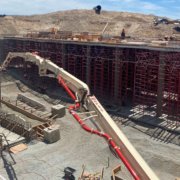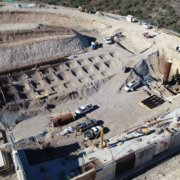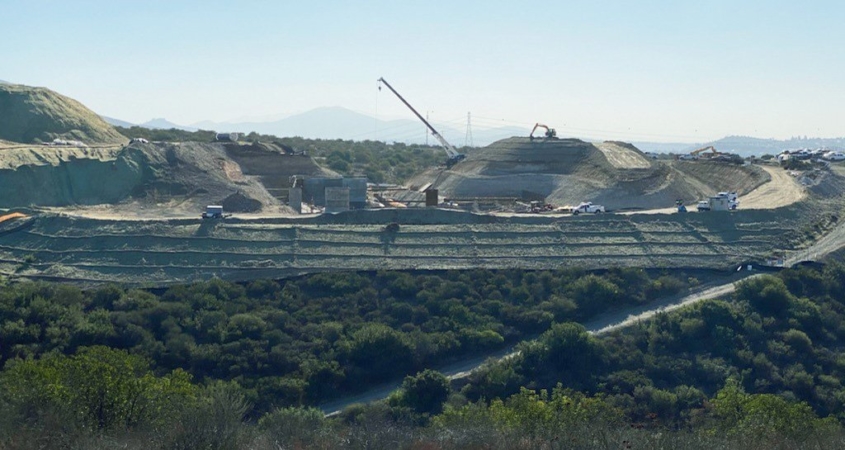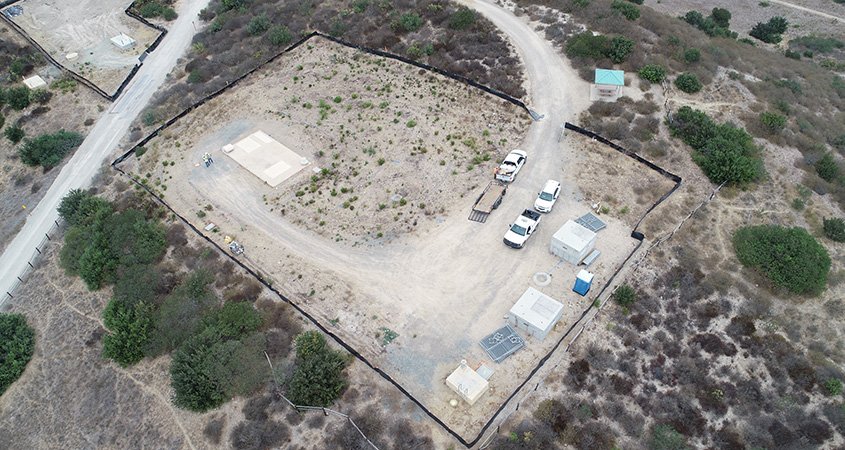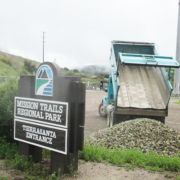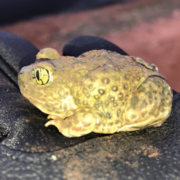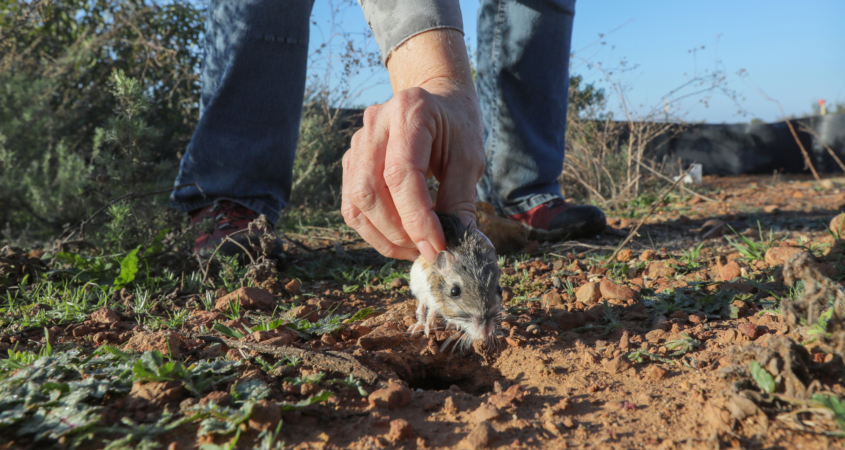Water Project in Mission Trails Park More Than 50% Complete
The San Diego County Water Authority’s Mission Trails FRS II water project is now more than halfway complete.
The project will upgrade the Water Authority’s untreated water system in Mission Trails Regional Park. When finished in 2022, the upgrades will provide more reliable water delivery to treatment plants that serve the central and south sections of San Diego County.
Construction began in March 2020 just as the coronavirus pandemic began. As an essential infrastructure project, construction on the water project continued during the pandemic.
The project includes construction of a new 5-million-gallon underground covered tank, flow control facility and pipeline connections. The largest component of the project is the building of the underground tank called a flow regulatory structure (FRS II) which will be used to balance flows in the aqueduct system.
Roof pour begins on water project
One June 11, the pouring of concrete to create the roof for FRS II began. FRS II will be the second underground water tank in the park – both work to efficiently move water through the region.
Construction efforts are also underway to build the new flow control facility. Once construction is complete, the work area will be graded to its previous contours and revegetated with native plants – many seeded from plants within the park itself.
New construction activities have begun about a half mile north of the FRS II. This most northern construction site will be used to connect the water flowing through the Water Authority’s pipelines to the FRS II.
Some trails closed for construction safety
To keep trail users safe, some trails are closed through early 2022 when work is complete. Signs are posted to clearly mark the closures, detours and provide a map to find alternative routes. In addition, the Water Authority created an interactive map showing the location of the closed trails. Go to www.sdcwa.org/mission-trails-FRS to view the map and learn more about the project.
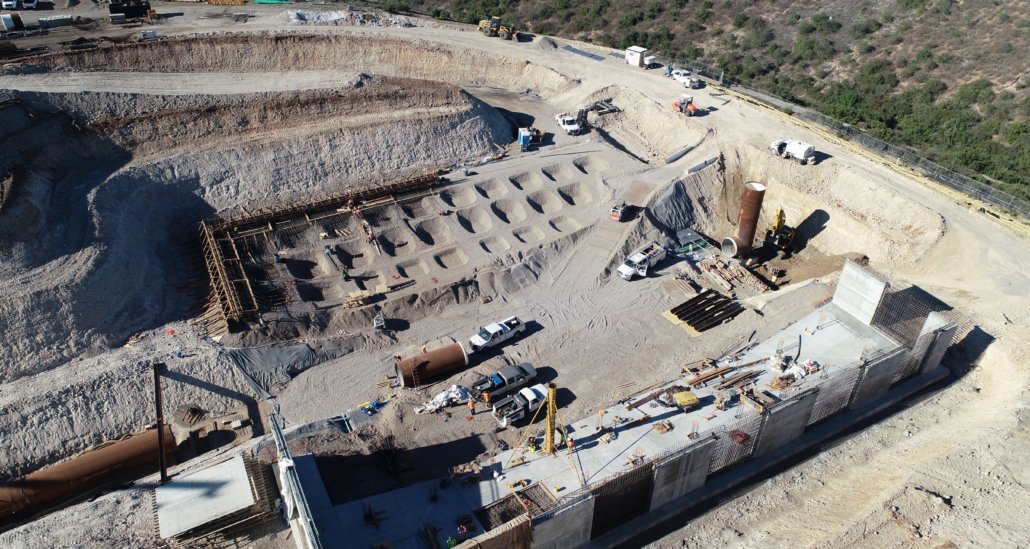
Construction crews formed and poured the walls of the Flow Regulatory Structure in December 2020. Photo: San Diego County Water Authority

